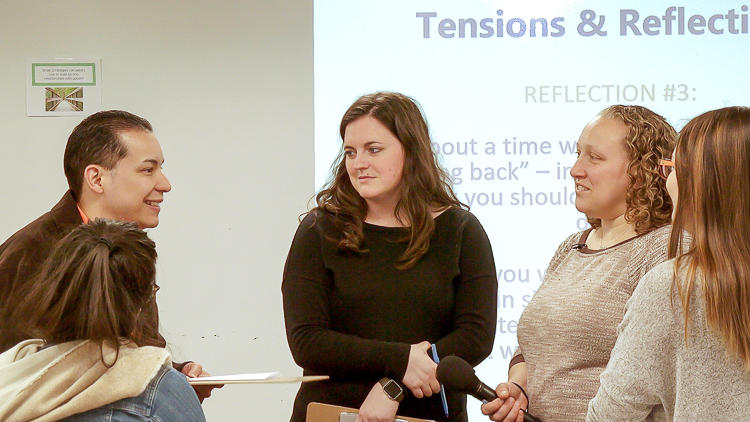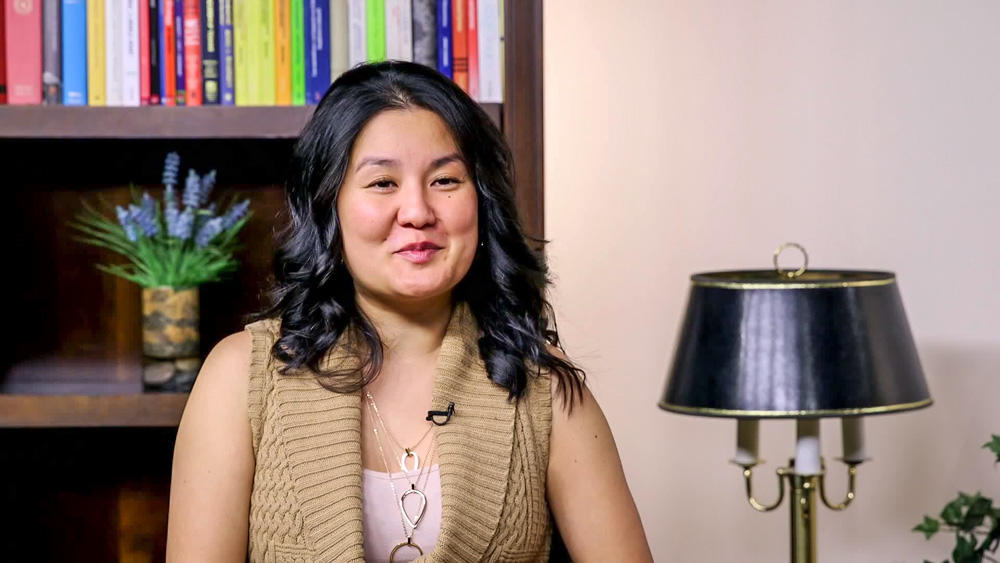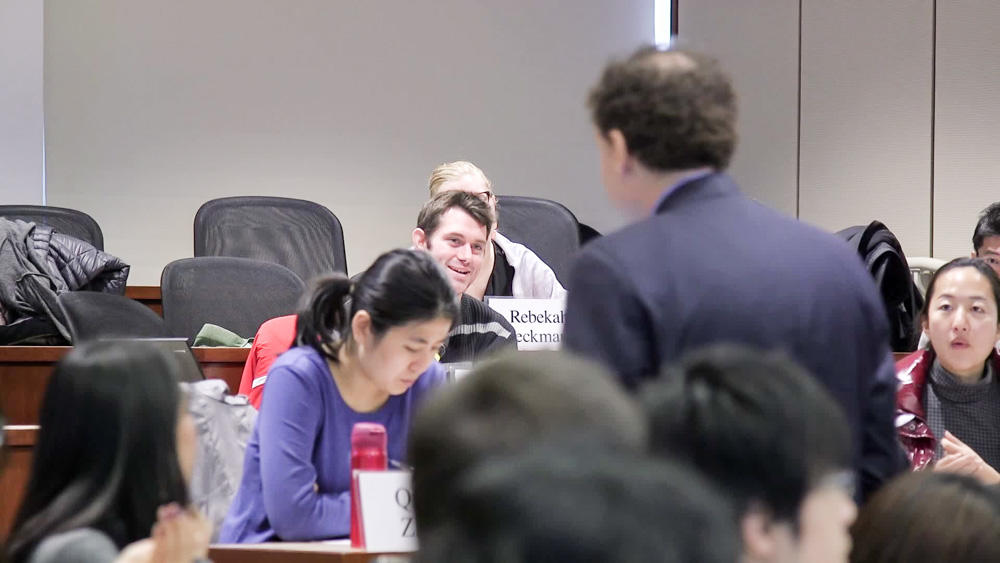Classes can easily fall into a routine where the same students talk again and again, yielding an unequal distribution of airtime. Part of this is out of the instructor’s control: some students, whether because of their interests or backgrounds, feel much more comfortable and motivated to openly share their opinions than others. In this video, Gretchen Brion-Meisels reflects on the need to balance these louder voices with voices and perspectives that might otherwise go unheard. This includes giving more space and time for students who rarely volunteer to speak; students who offer experiences or perspectives that are underrepresented within the institution and our broader world; and students who share concerns that are different to those of the dominant culture of the class. Brion-Meisels emphasizes that this way of thinking about airtime amplifies the diversity and equity of perspectives in the room. It also stimulates discussions about diversity and equity as it relates to class content.
Prioritizing unheard voices and perspectives
Instructor
Gretchen Brion-Meisels, Lecturer on Education
Student Group
Graduate
School
Harvard Graduate School of Education
Course
Partnering with Youth in Educational Research and Practice
Group Size
23 students
- Find opportunities to “flip” your classroom. Require students to cover required didactic content at home so class time can be devoted to applying that material in meaningful ways.
- Identify and share realistic vignettes of how course material is used in practice, as these may help students better understand and visualize otherwise abstract concepts.
- All disciplines are expansive and this can be overwhelming to students. Rather than covering a vast quantity of information in a course, consider focusing on fewer concepts and asking students to apply them repeatedly to achieve in-depth understanding.
- Sudzina describes the constructivist underpinnings of case-based teaching (1997).
- Research conducted by Krain confirms increased recall and deeper theoretical and conceptual understanding when using case-based materials in a pre- and post-test (2016)
- Case-based teaching is correlated to learning gains and increases in performance gains in undergraduates in biology (Bonney, 2015).
- This article on "Making the Case" describes why teaching with cases can be such a powerful way to blend theory and practice in a variety of disciplines
- The University of Illinois offers an overview article describing the why and how of case-based teaching
- Considering implementing case-based teaching? This webpage from Harvard Business School provides tips for instructors who are new to case-based teaching




